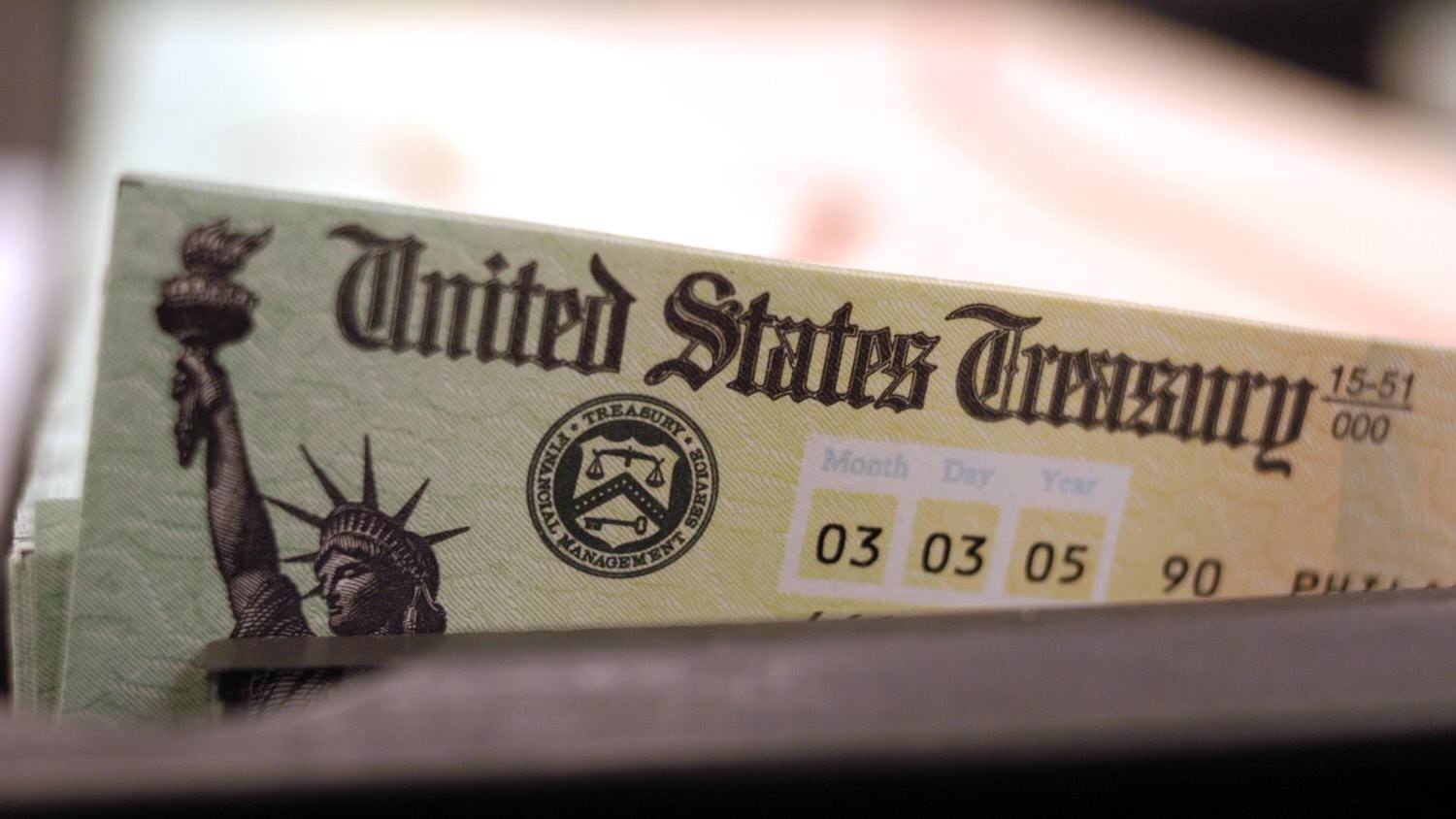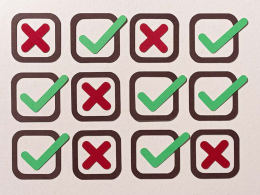Our own findings compare favourably to the academic studies cited above. We looked at government spending and current dollar GDP increases in our ‘Markets at a Glance’ entitled, "A Busted Formula". Our findings, using decidedly un-econometric techniques, showed similar results, and are presented in Table A below. We looked at current dollar increases in GDP as published by the Bureau of Economic Analysis (BEA) and current dollar expenditures and receipts for the US government taken from the Treasury. One current deficit dollar resulted in an increase in current dollar GDP of a mere 10 cents. Again - no miracle Keynesian multiplier here.

If we use the Fed’s own numbers, the impact of debt on GDP is even more dismal. In Chart B below, we present the marginal impact of debt on marginal GDP since 1966 using data from the Federal Reserve. Deficit spending, which has generated smaller and smaller increases in GDP over time, is now generating a negative impact on GDP due to the costs of servicing the debt. The chart suggests we have already entered what PIMCO refers to as the "Keynesian endpoint", where the government can no longer afford to increase debt levels.10 No debt = no stimulus. No stimulus = ???
Chart B

A more timely epitaph for our Keynesian funeral comes from a recent op-ed piece by Jean-Claude Trichet, President of the European Central Bank, that was published in the Financial Times and entitled "Stimulate No More". In it Trichet states that, "…the standard economic models used to project the impact of fiscal restraint or fiscal stimuli may no longer be reliable."11 He explains that while debt in the euro zone has increased by more than 20 percent in only four years and by 35 to 40 percent over the same time period in the US and Japan, we have very little, if anything, to show for it. We agree. New housing sales are at all time lows, consumer intentions for auto purchases are at multi year lows, the University of Michigan consumer confidence index has turned negative, new jobless claims have started to increase, and the ECRI - a composite of leading indicators - is now forecasting a recession (see Chart C).













Comments are closed.